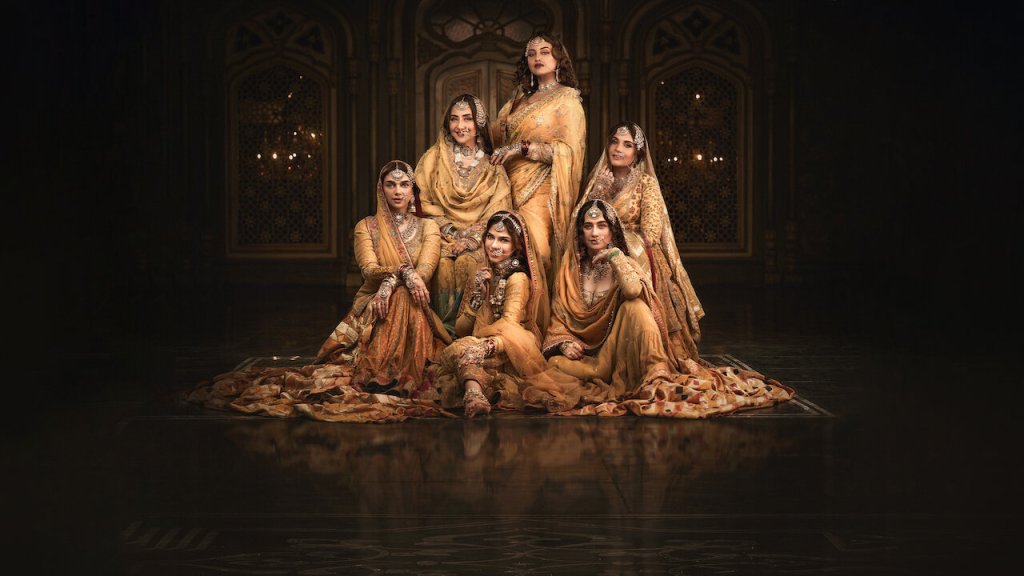
Sanjay Leela Bhansali’s “Heeramandi: The Diamond Bazaar” is for people who love his painting-like, opulent world. But if you are looking for a realistic portrayal of history and realism, you may not like what you see.
I mostly like it because it’s one television series, which is different from all other political or thriller Indian series on Netflix. The series has the potential to draw a global crowd and it is so “uniquely Indian”. However, Heeramandi is made in Bhansali’s signature style, which is his strength as well as his handicap. His detailed and contrived filmmaking style restricts him to the known premises of an imaginative work.
Despite all its imperfections, Heeramandi has managed to break the record for the most-watched Indian television series. Set in the early 1940s in pre-Partition Lahore. the series focuses on the lives of “Tawayafs” (courtesans) against the backdrop of the Indian freedom movement.
It immerses the viewers in another world, another time – a dark world of beautiful, cunning courtesans, their patron Nawabs, ruthless British officers, and patriotic freedom fighters.
The dignified portrayal of 6 Tawayafs is one of the highlights of the series. These courtesans, who much like Japanese Geishas, were talented singers and performers, holding high status in society. They entertained and performed only for a niche group of patrons.

Manisha Koirala, Sonakshi Sinha, Aditi Rao Hyadri and Farida Jalal stand out in their performances. Manisha Koirala looks formidable but admirable as Mallikajaan, the ruling madame. Sonakshi looks delightfully cunning and curvy while Hyadri’s famous “Gajagamini” walk steals the show. Bhansali gets his actors right and pampers them with exquisite jewelry and delicate fabrics embellished with zardozi (embroidery) in silver, gold, and copper. Actor Taha Shah does good work and reminds me of SRK in “Devdas”.
Now, the not-so-nice bits. I wish more attention was paid to the plot as it is incohesive and quite predictable. Another failure is character development. Characters slip from negative to positive or vice-versa quite easily and without justification. So, one moment, you see Sonakshi’s character using Taha Shah and Sharmin Segal’s love story for her benefit while later she has a change of heart. Why? No one knows. There are many instances like this.
This concept, originally by the Indian writer Moin Beg, had the scope to be great, if more attention was paid to the plot-line and historical integrity was maintained.

(Image courtesy google)


